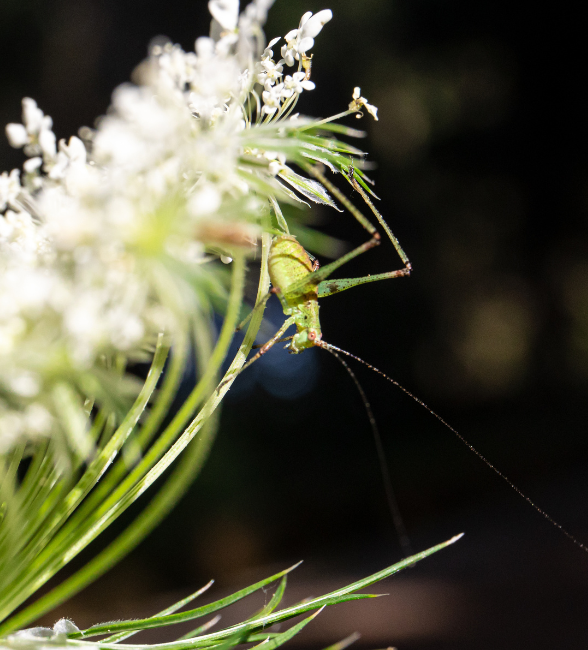The emblematic places of a territory rich in history and nature, the perfect conjunction between the sea and mountains. That's Cilento




The Cilento, Vallo di Diano and Alburni National Park was established in 1991 and covers 181,048 hectares, making it the second largest park in Italy. In fact, the park stretches from the Tyrrhenian coast to the foothills of the Campano-Lucano Apennine and includes numerous peaks of the Alburni, Cervati and Gelbison mountains, as well as the coastal foothills of Mount Bulgheria and Mount Stella. Its natural attractions include the famous natural oasis Le Cascate dei Capelli di Venere (Waterfalls of Venus' Hair).
The naturalistic richness of the area, which is extremely heterogeneous, goes hand in hand with the mythical and mysterious character of a land rich in history and culture, which are the main attractions on a national and international level: the lure of the nymph Leucosia, the beaches that were the scene of the destinies of Aeneas and Palinuro, the remains of the Greek colonies of Elea-Velia and Paestum and the Certosa of Padula.
The Cilento National Park is home to many animal species, from the majestic golden eagle to the peregrine falcon, as well as buzzards, sparrow hawks and owls. The area is also inhabited by wolves, wild boars, foxes, beech martens, badgers, weasels and other mammals that enrich the Cilento Park ecosystem.
Equally important is the floristic heritage of the Cilento and Vallo di Diano National Park. The approximately three thousand botanical species are associated in a mosaic of plant landscapes ranging from the rich and varied Mediterranean scrub to the coastal pine forests of Aleppo pine; from ilex groves to mixed deciduous woods of the hilly and piedmont areas.
The National Park of Cilento, Vallo di Diano and Alburni became a World Heritage Site in 1997, being included in the prestigious network of Riserve della Biosfera del Programma MAB UNESCO (Man and Biosphere) Programme,including the famous archaeological sites of Paestum and Velia and the Certosa di Padula.
The same area was inscribed in the UNESCO Geoparks network in 2010, thanks to the beauty of the numerous caves created by the karstic nature of the terrain, both inland and on the coast, and the geological nature of the rocks that make up the Cilento Flysch, characterised by a dense stratification of rocks that sometimes take on particular shapes and colours.